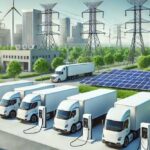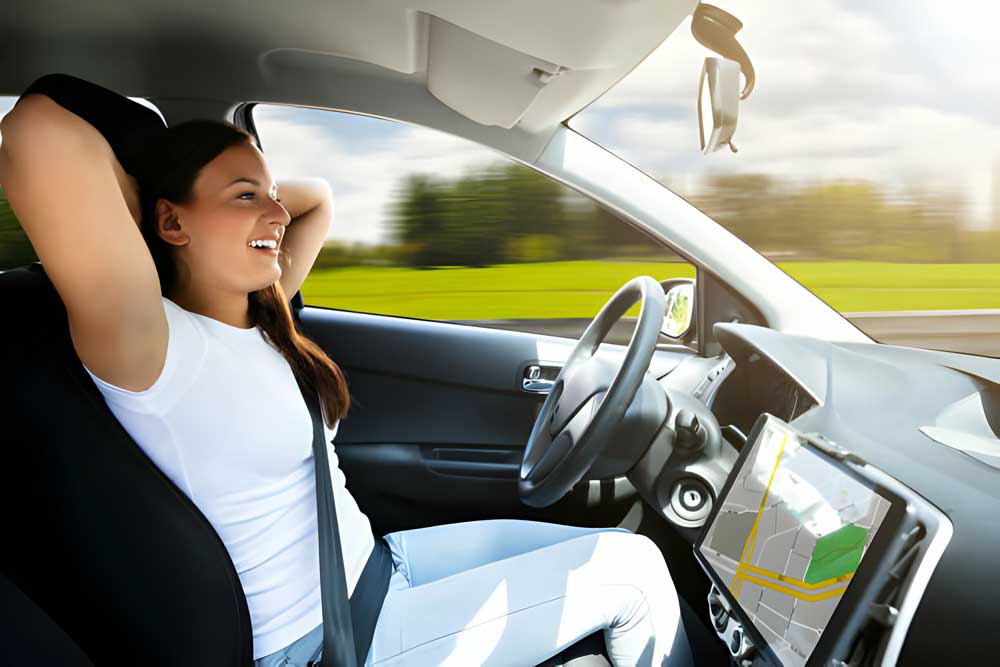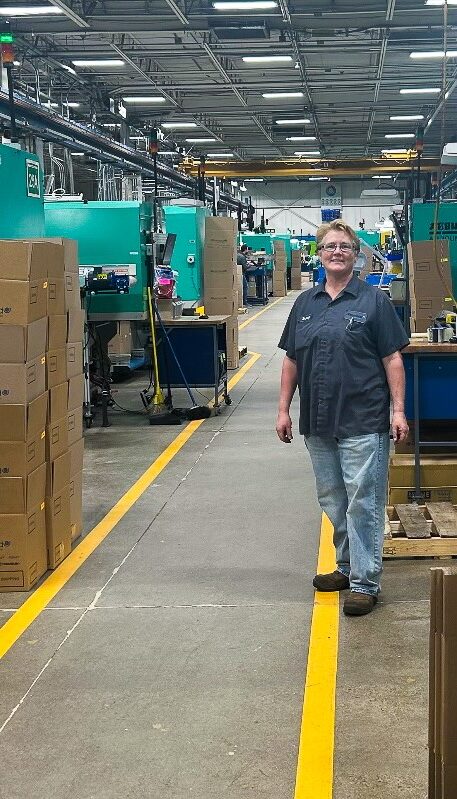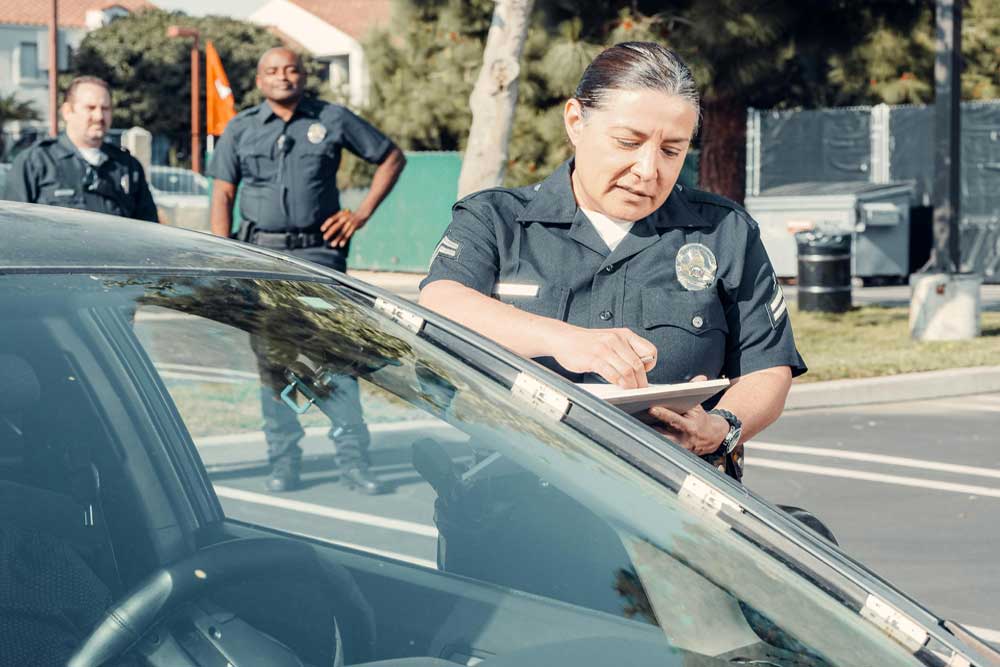Do self-driven or autonomous cars mean increased safety, or will they choose to kill people? That’s a big question mark that has put them on the spot with their rapidly gaining traction over the years.
Why driverless cars?
Humans are great at plenty of things, but if we spend a moment just talking about how they drive, they aren’t brushed up on. Accidents happen because our reflexes can sometimes be too slow for the requirements. Well, the truth hurts. Can you leave insurance out of this? Absolutely not. Which is why the automakers started taking autonomous cars in hand.
Imagine reading a newspaper or just checking out new mail while your car shuttles you to work. If my memory serves me well, taking your hands off the wheels and enjoying a video conference inside your car is quite spellbinding. Isn’t it?
Be that as it may, cool your heels and just consider if you’re riding in your shiny autonomous car and suddenly a group of people spill onto the road. Now the car has been called into question. That means this is the point where the car has to make a decision. Either stop or plough through the crowd? Even more shocking? But, wait, let’s pump the breaks for self-driving cars.
How do autonomous cars work?
Well, this is a question of great importance. Let’s get real. The thing is, an autonomous car has the power to catch on to everything around it and navigate without human support. For this case, every self-driving vehicle is set up with a global positioning system (GPS), an inertial navigation system, and plenty of sensors, including radar, laser rangefinders, video, and so on.
The car has to put information into service from the GPS and inertial navigation system, sensor data, and circumscribe itself in order to fine-tune its position and build a 3D image of its surroundings.
When will self-driving cars take over?
Yeah, that’s a big question. When will these cars take over? In their case, the race is on.
Tesla Motors, Google, and Apple Inc. are in the battle already. Moreover, Volvo is also testing driverless trucks to work underground. Tesla and Google cars are already on the road, and these are providing vehicles perfectly capable of motoring like human drivers. Other automakers have also realized the importance of the latest technology and are throwing their hats in the ring.
Firms like Uber are also working to make autonomous vehicles that will replace taxis in the coming years. Nissan has also announced that it will have a self-driving car available by 2020. But Google has put itself on the map for autonomous cars and the latest technology; however, other automakers are quickly catching up too.
What’s needed to make these cars work?
Cars of the present age are already making use of some of the autonomous functions, like assisted parking and self-braking systems. What does a car require in order to be driven without a human being in the driving seat? That’s pretty crucial.
The first and foremost thing is the bulk of technology: sensing the road, mapping the road, and coping with your place up on the road. Secondly, huge amounts of data are needed to pave the way for developers to put their driverless cars on the road. Where the places are, how many lanes a road has, which street has which speed limit, and so on.
Among the most monstrous challenges is the tremendous amount of data required for both coaching its artificial intelligence (AI) systems and also for real-time decision-making.
What are these cars supposed to offer people?
However, there is an aspect that needs attention. How soon will people accept this change? Imagine yourself in the backseat of a car running through traffic, and there is no one in the driving seat. Does that excite you or make you afraid?
Autonomous potentiality will bring some valuable benefits to our whole society, such as providing transportation for people who are otherwise not fit to drive because of age or physical impairment. With this, that’s both amazing and fruitful.
But don’t get me started. People are conscious of such things, and autonomous cars will have to take care of them. These cars will have to make their way to the hearts of people based on their performance and safety stats. Only then will they be able to replace conventional cars.
Other than that, autonomous cars will have to show they are better drivers than human beings. Soon after their official launch, people will start raising questions. Are autonomous cars ready for that?
Are people putting confidence in Self-driving cars?
Many countries are completely in favour of self-driving cars technology. The U.S. Department of transportation is opening its arms warmly for driverless cars technology. City of Albuquerque have also shown interest in promoting self-driving vehicles in the city. Albuquerque city’s Mayor Richard Berry said couple of months ago: “It’s in city’s interest to support the development and advancement of this technology”. Self-driving cars are the green light signal for years to come, for sure.
The self-driving car: Safety, challenges and impacts
A few months ago, a woman went the way of all flesh after she was struck by a self-driving car operated by Uber in Tempe, Arizona. The car was going autonomously, in spite of that, a safety driver was behind the wheel, according to the local police.
Again, the thing is, autonomous cars must recognize objects in their way, from litter to people. With this, some other challenges are tunnels that get in the way of Global Positioning Systems (GPS), construction projects that give rise to lane changes, or complex decisions, like where to stop allowing emergency vehicles to pass.
The systems need to make quick decisions on when to put the brakes on, swerve or continue acceleration normally. This is a big call into question for developers and there are news of self-driving cars being on the horns of a dilemma and swerving needlessly when objects are made out in or near the roadways.
We can realize the big impact that self-driving cars have on the environment. Being convenient, accessible and affordable, these can increase the total number of miles driven each year. If self-driving cars would have petrol or diesel engines, then transportation-associated climate emissions could quantum leap straight away.
The thing is, autonomous cars have a lot of pros, like reduced traffic and carbon emissions. With that, I intend to ease up on the drive, yet there’re some odds-on factors like safety and reliability. So when you’re out on the circuit and you see a car with no chauffeur, don’t chew over this bolt from the blue. And perhaps you will own a driverless car someday. Who knows?











